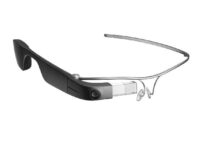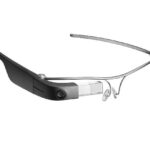For years, experts have been preaching about the importance of regular exercise for good health. The first overview of a research has concluded that exercise can be as good as a medicine to lowering high blood pressure. The doctors must encourage the patients suffering from high blood pressure to get off the couch instead of just taking a pill.
The conclusion has been made with the mounting evidence that walking, cycling and even gardening can protect against fatal illness. Health secretary, Matt Hancock has urged the General Practitioners to tell patients to exercise as often as they prescribe pills. The Academy of Medical Royal College has earlier described the physical activity as a miracle cure.
For people who are suffering from high blood pressure, exercise might even be more effective than drugs. The researchers had analysed 391 trials involving 40,000 people. The team had found that blood pressure was lower in people treated with drugs than in those who had followed the structured exercise programmes. But then the analysis was limited to those with high blood pressure , and then exercise had seemed just as effective as medicine.
The exercise in the structured programe included a combination of endurance exercises including cycling, walking, dynamic resistance training like weight training and more. Such exercises were found to be effective in reducing the high blood pressure. One of the authors of the study said, “We don’t think, on the basis of our study, that patients should stop taking their antihypertensive medications”. But added that the physicians must begin to prescribe exercise to patients but they also need to ensure that the patients that have been referred to exercise interventions can adhere them. High blood pressure is also known as hypertension and has affected more than one in four adults in the UK. But many people do not realise that they have it. If it is left untreated it can lead to risk of problems like heart attacks and strokes.
Photo Credits:Pixabay







